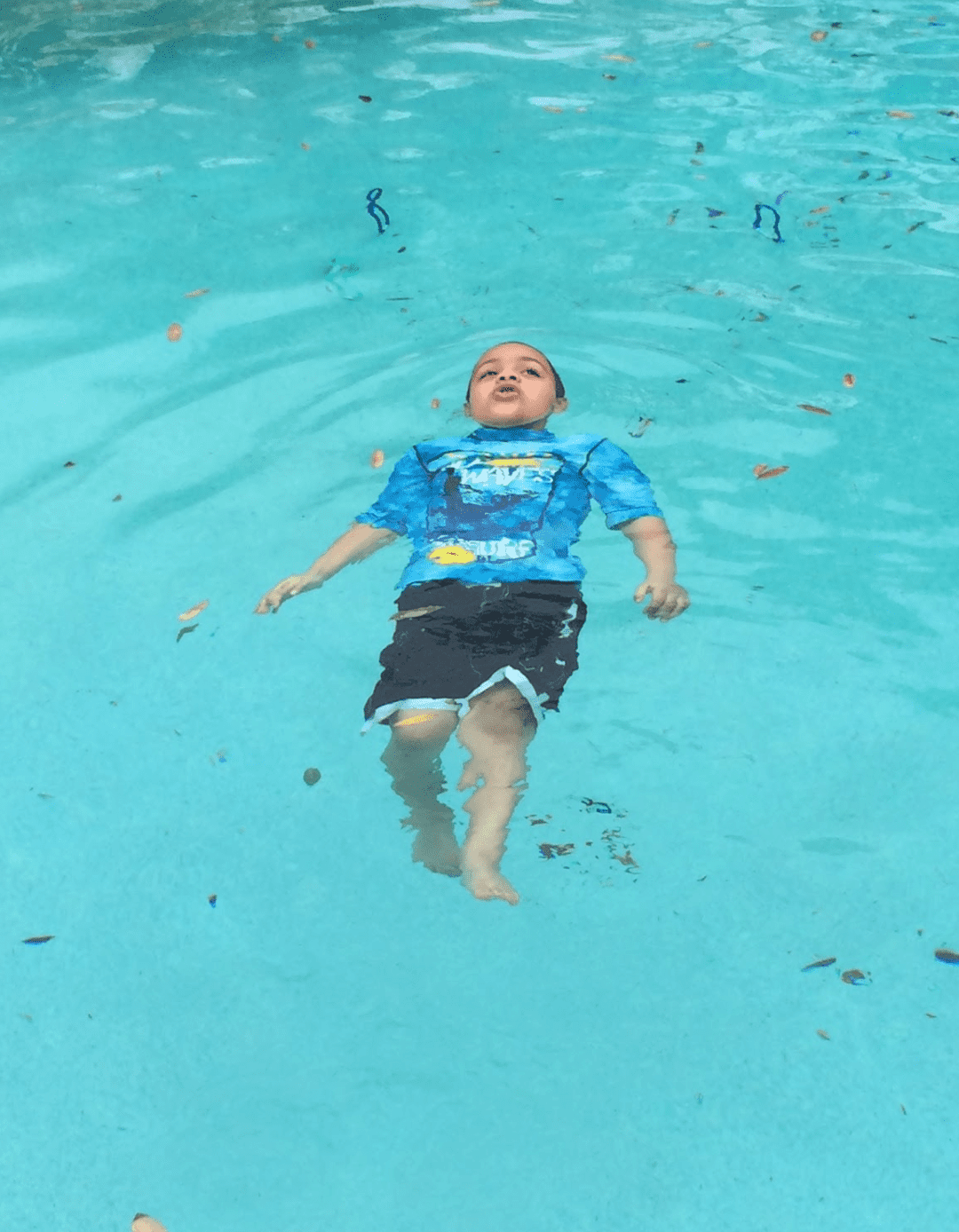Swimming is more than just a fun activity—it is a crucial life skill that provides children with protection against drowning and opens the doors to a world of social and athletic opportunities. Not only is swimming a healthy way for kids to be social and physical, but it also plays a vital role in ensuring their safety in and around water. The significance of learning how to float is just a part of the greater picture of water safety, and how the Turn, Kick, Reach® program at Baby Otter Swim School takes it up a notch.
The Importance of Learning to Float:
Floating enables children to stay buoyant and conserve energy in the water, giving them the confidence and ability to navigate through unexpected situations. By mastering floating techniques, children can maintain their safety while enjoying activities such as swimming, dipping in the pool, or even exploring the ocean.
Learning to float is an essential skill that lays the foundation for water safety. Here are a few simple steps to help children learn how to float:
Remember, learning to float takes time and practice. Patience and encouragement are key during this process. By incorporating these steps and enrolling your child in the Turn, Kick, Reach® program at Baby Otter Swim School, you are setting them on a path toward water safety and ensuring their ability to stay afloat in various aquatic situations.
At Baby Otter Swim School, we understand the critical importance of water safety education. That’s why we have developed the Turn, Kick, Reach® program, specifically designed to teach young toddlers how to react appropriately if they fall into water that is too deep for them. Our method is simple, effective, and focuses on equipping children with essential water survival skills.
We teach floating as a second line of defense in our second program. As any program that saves a child’s life is great, we have a different belief system where we believe a child should be able to swim to the nearest exit to be able to get themselves out of the water.

Learning how to float is a crucial step toward water safety, providing children with the confidence and skills needed to navigate aquatic activities safely. At Baby Otter Swim School, we take water safety seriously, and our Turn, Kick, Reach® program is designed to teach young toddlers how to react appropriately in challenging water situations. By enrolling your child in our program, you are providing them with lifelong water safety skills in just five efficient lessons. Don’t miss the opportunity to give your child the gift of water safety and peace of mind for years to come.